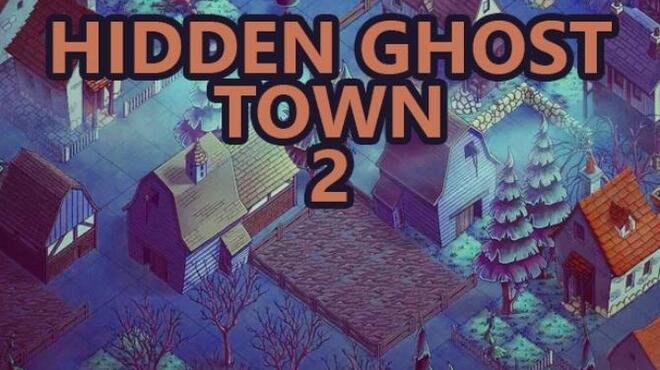


Much more than just a mining den in the mountains, Cerro Gordo had blossomed into a fully functioning town, including 4,000 residents, 100 outhouses, seven saloons, and three brothels. And by 1900, roughly $17 million in precious minerals had come from Cerro Gordo (adjusted for inflation, that number is closer to $50 million today). Over the next 50 years, silver, lead, and zinc were religiously mined from the hills. “What was once the shimmering jewel of the Owens Valley had quickly turned into a sunburnt wasteland.” Should it be uncomfortably severed, we would inevitably collapse.” It is the silver cord that binds our present existence. In that same year, The Los Angeles Times wrote: “What Los Angeles is, is mainly due to Cerro Gordo. Local businessmen Victor Beaudry and Mortimer Belshaw caught wind of the riches and began acquiring mining claims in the area.īeaudry and Belshaw eventually took over the entire property in 1869 and turned it into the largest producer of silver and lead in California. But the quantity and quality of silver being harvested from these hills wasn’t kept secret for long. | Photo: Amanda Bungartz What Los Angeles is, is due to Cerro GordoĬerro Gordo got its start back in 1865 when a man named Pablo Flores started mining silver from the large hills that overlooked the Owens Valley in California (Cerro Gordo means “fat hill” in Spanish). This street sign marks the beginning of the journey. There it is in all its rusted glory: the hidden ghost town of Cerro Gordo. But as Helen Keller once famously said, “Life is a daring adventure or it is nothing at all.” So, after eight miles of pinched roads and a mile of elevation gain, I finally round the last turn and my real adventure opens up before me. At times, I feel like the car is mere centimeters from slipping off the edge and plummeting hundreds of feet down a rocky slope. The drive itself has become an adventure I wasn’t prepared for. The road abruptly angles back and forth, narrowly cutting through columns of rust-colored rock and shifting sand, masking anything more than 20 feet ahead. As I make my way up the hill, I don’t see a single hint of the town that awaits. Turning off the smooth pavement of Highway 136 and onto the sun-baked gravel road, the only inclination that I’m on the right track is a small, forgettable street sign marking Cerro Gordo Road.


 0 kommentar(er)
0 kommentar(er)
